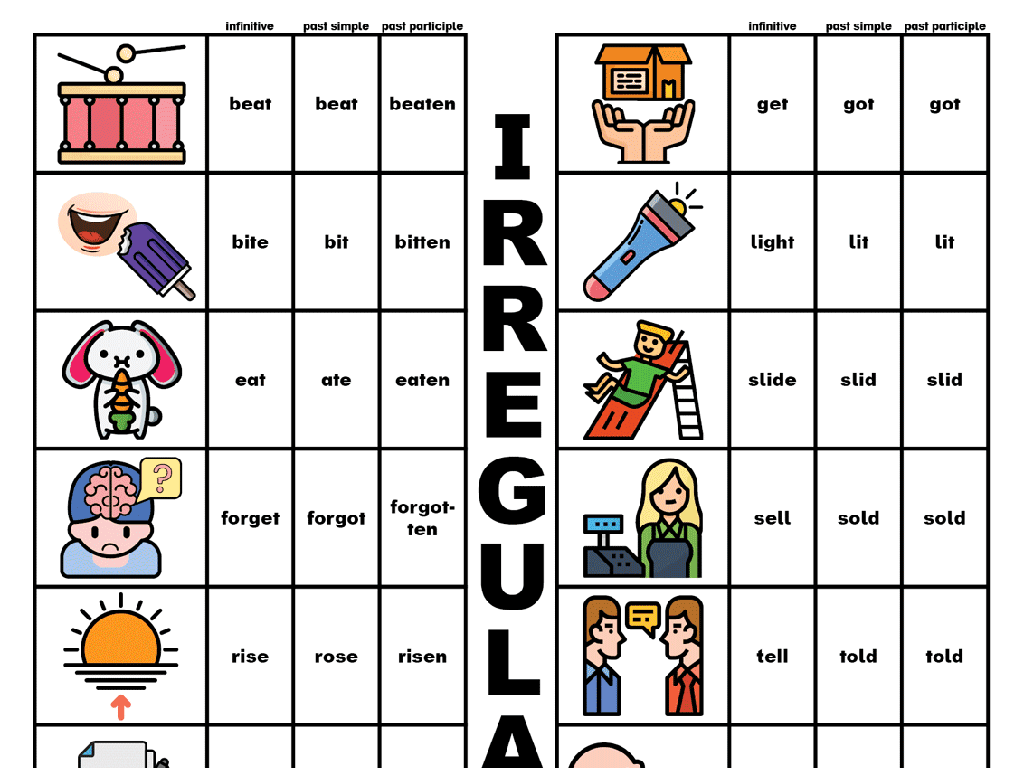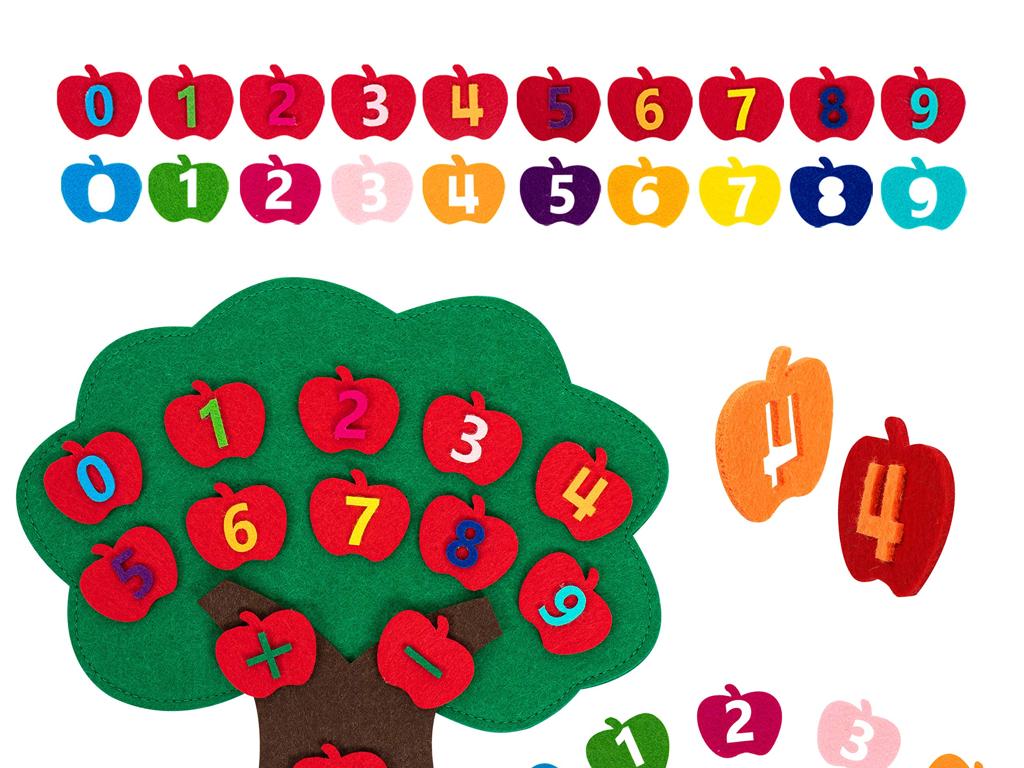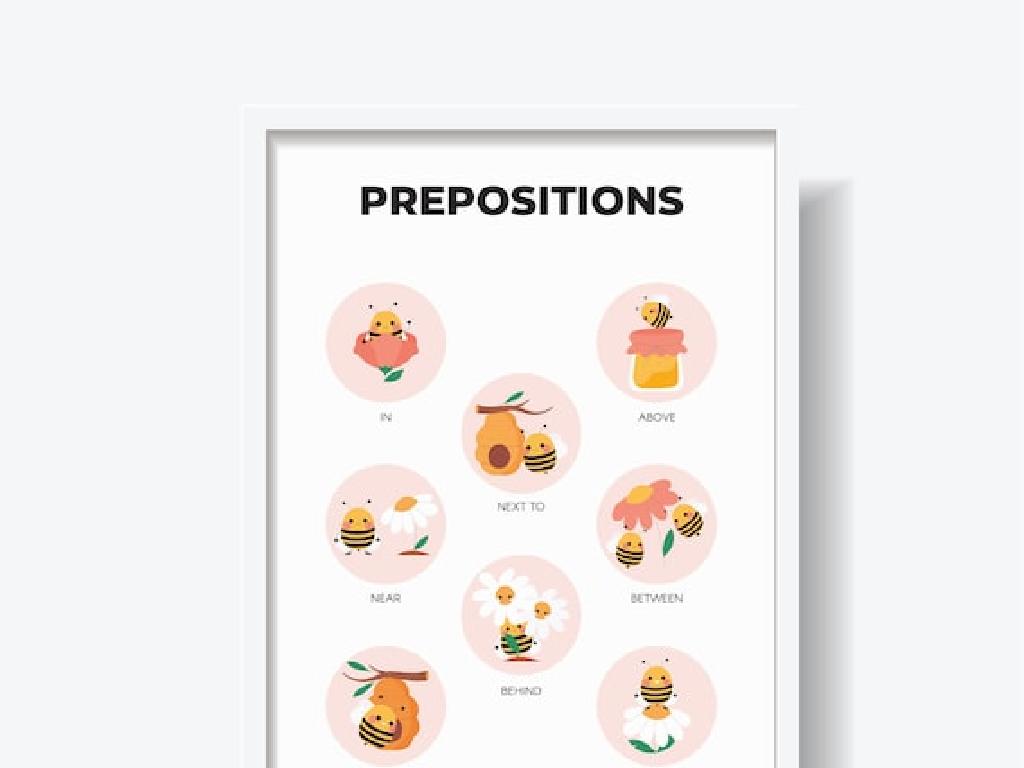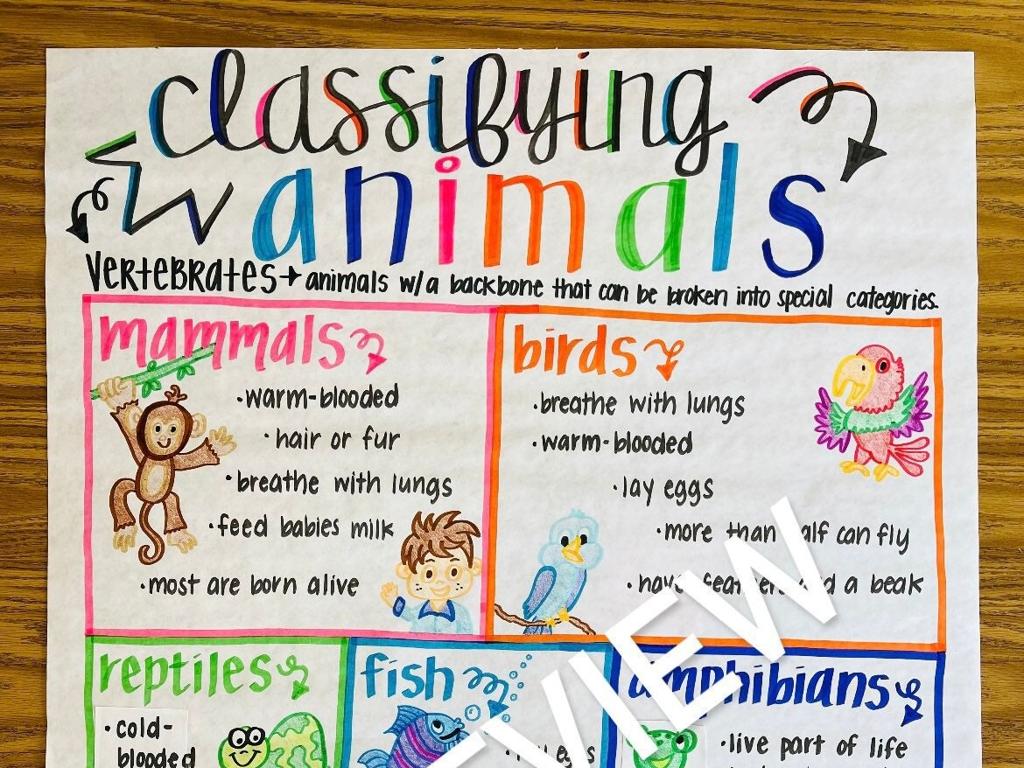Addition Sentences Using Number Lines - Sums Up To 10
Subject: Math
Grade: First grade
Topic: Understand Addition
Please LOG IN to download the presentation. Access is available to registered users only.
View More Content
Welcome to Addition!
– Addition is combining numbers
– When we add, we put together two or more numbers to get a new total.
– Number lines help us add
– A number line is a line with numbers placed at equal distances. It shows order of numbers.
– Let’s add numbers up to 10
– Starting at zero, we can ‘jump’ forward to add. For example, 0 to 5, then 5 to 8 is 0 + 5 + 3.
– Practice makes perfect
|
This slide introduces first graders to the concept of addition as a way of combining numbers to find a total. Explain that a number line is a visual tool that helps us understand the order of numbers and can be used to add numbers together by ‘jumping’ forward. Demonstrate how to use a number line with simple sums up to 10, ensuring to show the ‘jumps’ from one number to the next. Encourage students to practice with different combinations of numbers to become comfortable with the concept. Provide plenty of examples and allow students to come up to the board to try their own number line additions.
Understanding Addition: Using Number Lines
– Addition means combining
– Counting total items together
– Example with apples
– If you start with 2 apples and get 3 more, count up to 5
– Using a number line to add
– Start at 2 on the line, jump forward 3 steps to reach 5
|
This slide introduces the concept of addition to first graders by explaining it as the process of combining things together and finding out how many there are in total. Use everyday examples, like combining apples, to make the concept relatable. Demonstrate how to use a number line to visually represent addition by starting at the first number and ‘jumping’ forward by the second number to find the total. Encourage students to practice with physical number lines and objects to solidify their understanding. The goal is for students to grasp that addition is about combining quantities and seeing the result as a total.
Adding with Number Lines
– Number lines show addition
– Visualize how numbers come together
– Start at zero to add
– Zero is our starting point for adding
– Each step is one more
– Imagine hopping along the line, each hop adds 1
– Practice with sums up to 10
– Try adding numbers like 2+3 or 4+5 on a number line
|
This slide introduces first graders to the concept of using a number line for addition. A number line is a visual tool that helps students understand how numbers are added together. Start by explaining that every number line starts at zero. Then, demonstrate how to add by taking steps or ‘hops’ along the number line, with each step representing an addition of one. Use examples with sums up to 10 to ensure the concept is clear and manageable for first-grade students. Encourage them to practice by giving them simple addition problems and asking them to illustrate the steps on a number line. This will help solidify their understanding of addition as a process of moving forward in increments.
Let’s Practice Addition with Number Lines!
– Start at number 2 on the line
– Jump forward 3 steps
– Where do we land?
– Count each jump out loud: 1, 2, 3
– 2 + 3 equals what number?
– After 3 jumps, we land on 5!
|
This slide is an interactive class activity designed to help first graders practice addition using a number line. The teacher should first demonstrate the activity with a large number line visible to the entire class, possibly on the board or using a digital tool. Then, each student should have access to their own number line, either on paper or a digital device. The teacher will guide the students to start at the number 2 and make three jumps forward to visually and physically see the addition process. As they jump, they should count each step to reinforce the concept of addition. After completing the jumps, students will see that they land on the number 5, thus understanding that 2 + 3 equals 5. The teacher should circulate the room to assist any students who need help and to ensure that each student is engaged in the activity.
Your Turn: Adding with a Number Line
– Start at number 4 on the line
– Jump forward 5 spaces
– Where did you land?
– Did you land on number 9?
– Count the jumps to check
– 1, 2, 3, 4, 5 jumps from 4 lands us at 9!
|
This slide is an interactive activity for students to practice adding numbers using a number line. Begin by asking students to find the number 4 on their number lines. Then, guide them to make 5 jumps forward to add 4 and 5 together. Ask them to observe where they land and to count the jumps to verify their answer. The goal is for them to land on number 9 and understand that 4 plus 5 equals 9. This hands-on activity helps solidify the concept of addition as a process of moving forward on the number line. Encourage students to use their fingers to count the jumps and to say the numbers out loud as they move along the number line. Prepare to assist students who may need help and offer praise as they successfully complete the task.
Creating Addition Sentences with Number Lines
– What is an addition sentence?
– It tells us which numbers to add together.
– Example: 2 + 3 = 5
– Like a mini math story showing how two numbers combine to make a new number.
– Writing sentences using number lines
– Use a number line to visually add numbers step by step.
– Practice with sums up to 10
|
This slide introduces first graders to the concept of addition sentences and how to use a number line to create them. Start by explaining that an addition sentence is a way to show how two or more numbers come together to make a new number. Use simple examples like 2 + 3 = 5 to illustrate this point. Then, demonstrate how to use a number line to add numbers together by starting at the first number and ‘hopping’ forward the number of spaces equal to the second number. Encourage students to write their own addition sentences using this method, focusing on sums that do not exceed 10. Provide several examples and practice opportunities on the board, and prepare to guide students through the process during class.
Class Activity: Number Line Hopscotch
– Let’s play Number Line Hopscotch!
– Take turns hopping on the number line
– Land on a number and make a sentence
– For example, if you land on 6, you might say ‘3+3=6’
– Practice addition up to 10
|
This interactive activity is designed to help first graders practice addition within 10 in a fun and physical way. Set up a number line on the floor with numbers 0 to 10. Students will take turns hopping along the number line. When they land on a number, they should create and say out loud an addition sentence that equals the number they’ve landed on. For instance, if a student lands on the number 7, they could say ‘5+2=7’. This activity not only reinforces their understanding of addition but also helps them associate physical movement with learning, which can improve memory retention. Possible variations for different students could include hopping to even numbers only, creating addition sentences with a specific number, or hopping in a pattern.
Review and Goodbye!
– Recap: Addition with number lines
– We learned to add numbers up to 10 using a number line.
– Number lines aid in visual addition
– A number line shows us how to count forward to add.
– Celebrate today’s learning
– Anticipate the next math adventure
|
As we conclude today’s lesson, it’s important to review the key concepts to reinforce learning. Start by asking the students what they learned about addition and how a number line can be a useful tool for visualizing the process of adding numbers. Highlight the progress made and praise their efforts to build a positive learning experience. Encourage excitement for the next lesson by hinting at more math fun to come. This will help students leave the class with a sense of accomplishment and anticipation for future learning.






